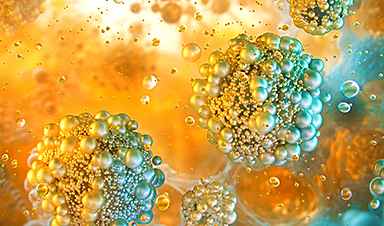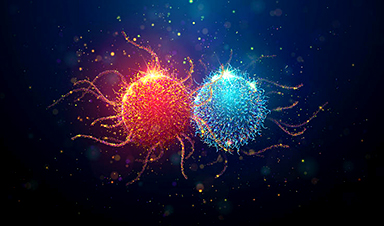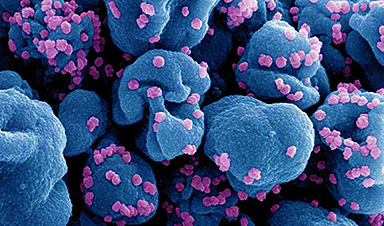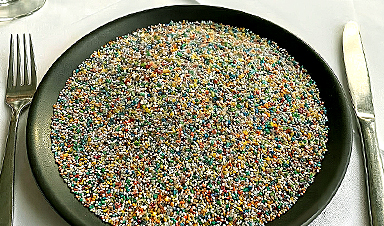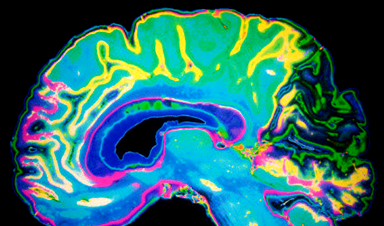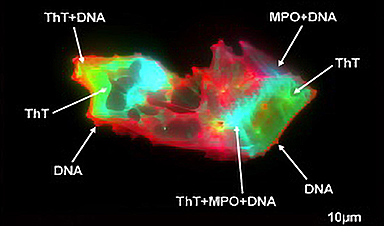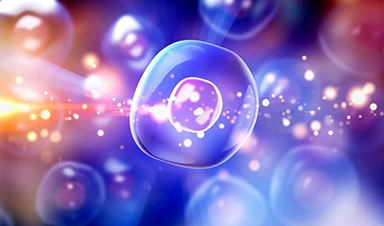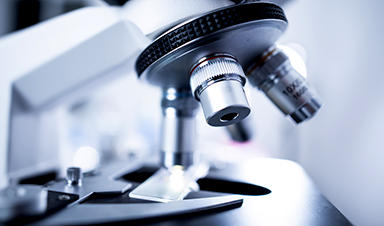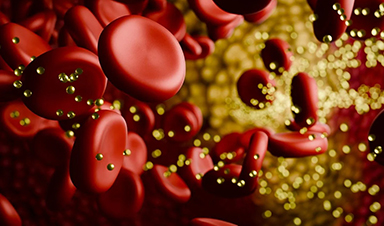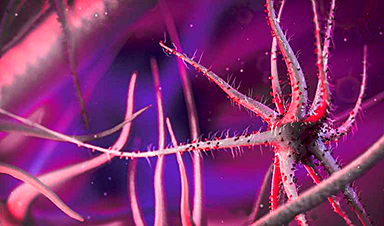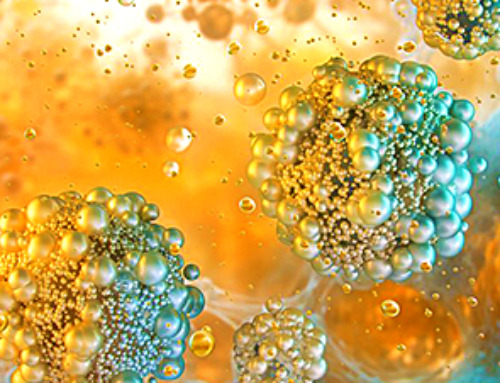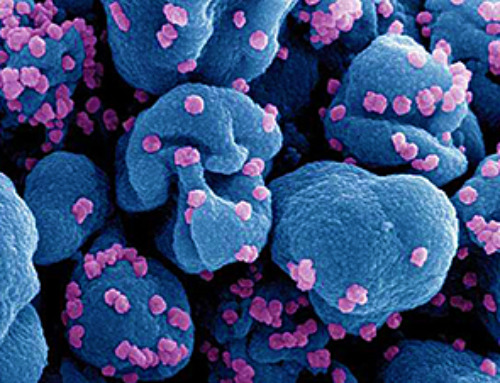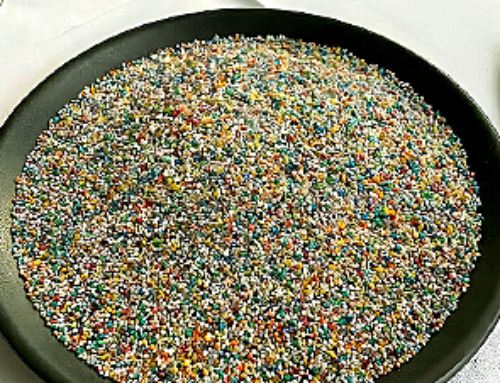Melbourne researchers have made a world first breakthrough into creating blood stem cells that closely resemble those in the human body. And the discovery could soon lead to personalized treatments for children with leukemia and bone marrow failure disorders.
The research, led by Murdoch Children’s Research Institute (MCRI) and published in Nature Biotechnology, has overcome a major hurdle for producing human blood stem cells, which can create red cells, white blood cells and platelets, that closely match those in the human embryo.
MCRI Associate Professor Elizabeth Ng said the team had made a significant discovery in human blood stem cell development, paving the way for these lab-grown cells to be used in blood stem cell and bone marrow transplants.
The ability to take any cell from a patient, reprogram it into a stem cell and then turn these into specifically matched blood cells for transplantation will have a massive impact on these vulnerable patients’ lives.”
Elizabeth Ng, Associate Professor, MCRI
“Prior to this study, developing human blood stem cells in the lab that were capable of being transplanted into an animal model of bone marrow failure to make healthy blood cells had not been achievable. We have developed a workflow that has created transplantable blood stem cells that closely mirror those in the human embryo.
“Importantly, these human cells can be created at the scale and purity required for clinical use.”
In the study, immune deficient mice were injected with the lab engineered human blood stem cells. It found the blood stem cells became functional bone marrow at similar levels to that seen in umbilical cord blood cell transplants, a proven benchmark of success.
The research also found the lab grown stem cells could be frozen prior to being successfully transplanted into the mice. This mimicked the preservation process of donor blood stem cells before being transplanted into patients.
MCRI Professor Ed Stanley said the findings could lead to new treatment options for a range of blood disorders.
“Red blood cells are vital for oxygen transport and white blood cells are our immune defence, while platelets cause clotting to stop us bleeding,” he said. Understanding how these cells develop and function is like decoding a complex puzzle.
“By perfecting stem cell methods that mimic the development of the normal blood stem cells found in our bodies we can understand and develop personalized treatments for a range of blood diseases, including leukemias and bone marrow failure.”
MCRI Professor Andrew Elefanty said while a blood stem cell transplant was often a key part of lifesaving treatment for childhood blood disorders, not all children found an ideally matched donor.
“Mismatched donor immune cells from the transplant can attack the recipient’s own tissues, leading to severe illness or death,” he said.
“Developing personalized, patient-specific blood stem cells will prevent these complications, address donor shortages and, alongside genome editing, help correct underlying causes of blood diseases.”
Professor Elefanty said the next stage, likely in about five years with government funding, would be conducting a phase one clinical trial to test the safety of using these lab-grown blood cells in humans.
Riya was diagnosed at the age of 11 with aplastic anemia, a rare and serious blood disorder where the body stops producing enough new blood cells.
Riya’s family, including parents Sonali and Gaurav Mahajan, were in India at the time when she started to feel fatigued, rapidly lost weight and developed bruises on her thighs.
“We took Riya for a simple blood test, her very first one. But as soon as the results came in, we were told to rush her to the emergency department due to her being so low on platelets and red blood cells,” Sonali said.
“Riya was originally diagnosed with leukemia because the symptoms are very similar to aplastic anemia. When we got the eventual diagnosis, it was a complete shock and a condition we had never heard of before.
“The doctors told us she had bone marrow failure and she started needing regular platelet and blood transfusions to get her blood cell count up.”
Sonali said the family had already planned to return to Australia for Riya’s high school education, but the diagnosis fast tracked the return.
“Once they were able to stabilize her, we were given a two-day window to fly her to Australia to be hospitalized,” she said.
“As soon as we got off the plane we went straight to The Royal Children’s Hospital. Within days Riya started therapy, but she never really responded to the medications.
“Eventually a bone marrow transplant was recommended due to the amount of transfusions she was needing to have and the concerns around possible long-term complications.”
Sonali said over six months they struggled to find a perfectly matched donor and were losing hope. Despite being a half match, Sonali, following specialist advice, became her daughter’s donor.
Following the bone marrow transplant in June last year, Riya remained in hospital for three months where she had minor complications.
Without a perfect donor match, Riya’s platelet count took more time to return to normal, she required longer immunosuppressive therapy and was more susceptible to infections. Riya only recently started to be re-vaccinated.
“She had a weakened immune system for a long time after the transplant but thankfully once she was discharged from the hospital she hasn’t needed another transplant,” Sonali said.
Riya, 14, said after a painful few years she was now feeling well, took hydrotherapy classes and was glad to be back at school with her friends.
Sonali said the new MCRI-led research on blood stem cells was a remarkable achievement.
“This research will come as a blessing to so many families,” she said. The fact that one day there could be targeted treatments for children with leukaemia and bone marrow failure disorders is life changing.”
Prof Elefanty, Prof Stanley and Associate Professor Ng are also Principal Investigators at the Melbourne node of the Novo Nordisk Foundation Center for Stem Cell Medicine (reNEW), a global consortium, which aims to pave the way for future stem cell-based treatments.
Researchers from the University of Melbourne, Peter MacCallum Cancer Centre, University of California Los Angeles, University College London and the University of Birmingham also contributed to the findings.
Ng, E. S., et al. (2024). Long-term engrafting multilineage hematopoietic cells differentiated from human induced pluripotent stem cells. Nature Biotechnology. doi.org/10.1038/s41587-024-02360-7.
News
Platelet-inspired nanoparticles could improve treatment of inflammatory diseases
Scientists have developed platelet-inspired nanoparticles that deliver anti-inflammatory drugs directly to brain-computer interface implants, doubling their effectiveness. Scientists have found a way to improve the performance of brain-computer interface (BCI) electrodes by delivering anti-inflammatory drugs directly [...]
After 150 years, a new chapter in cancer therapy is finally beginning
For decades, researchers have been looking for ways to destroy cancer cells in a targeted manner without further weakening the body. But for many patients whose immune system is severely impaired by chemotherapy or radiation, [...]
Older chemical libraries show promise for fighting resistant strains of COVID-19 virus
SARS‑CoV‑2, the virus that causes COVID-19, continues to mutate, with some newer strains becoming less responsive to current antiviral treatments like Paxlovid. Now, University of California San Diego scientists and an international team of [...]
Lower doses of immunotherapy for skin cancer give better results, study suggests
According to a new study, lower doses of approved immunotherapy for malignant melanoma can give better results against tumors, while reducing side effects. This is reported by researchers at Karolinska Institutet in the Journal of the National [...]
Researchers highlight five pathways through which microplastics can harm the brain
Microplastics could be fueling neurodegenerative diseases like Alzheimer's and Parkinson's, with a new study highlighting five ways microplastics can trigger inflammation and damage in the brain. More than 57 million people live with dementia, [...]
Tiny Metal Nanodots Obliterate Cancer Cells While Largely Sparing Healthy Tissue
Scientists have developed tiny metal-oxide particles that push cancer cells past their stress limits while sparing healthy tissue. An international team led by RMIT University has developed tiny particles called nanodots, crafted from a metallic compound, [...]
Gold Nanoclusters Could Supercharge Quantum Computers
Researchers found that gold “super atoms” can behave like the atoms in top-tier quantum systems—only far easier to scale. These tiny clusters can be customized at the molecular level, offering a powerful, tunable foundation [...]
A single shot of HPV vaccine may be enough to fight cervical cancer, study finds
WASHINGTON -- A single HPV vaccination appears just as effective as two doses at preventing the viral infection that causes cervical cancer, researchers reported Wednesday. HPV, or human papillomavirus, is very common and spread [...]
New technique overcomes technological barrier in 3D brain imaging
Scientists at the Swiss Light Source SLS have succeeded in mapping a piece of brain tissue in 3D at unprecedented resolution using X-rays, non-destructively. The breakthrough overcomes a long-standing technological barrier that had limited [...]
Scientists Uncover Hidden Blood Pattern in Long COVID
Researchers found persistent microclot and NET structures in Long COVID blood that may explain long-lasting symptoms. Researchers examining Long COVID have identified a structural connection between circulating microclots and neutrophil extracellular traps (NETs). The [...]
This Cellular Trick Helps Cancer Spread, but Could Also Stop It
Groups of normal cbiells can sense far into their surroundings, helping explain cancer cell migration. Understanding this ability could lead to new ways to limit tumor spread. The tale of the princess and the [...]
New mRNA therapy targets drug-resistant pneumonia
Bacteria that multiply on surfaces are a major headache in health care when they gain a foothold on, for example, implants or in catheters. Researchers at Chalmers University of Technology in Sweden have found [...]
Current Heart Health Guidelines Are Failing To Catch a Deadly Genetic Killer
New research reveals that standard screening misses most people with a common inherited cholesterol disorder. A Mayo Clinic study reports that current genetic screening guidelines overlook most people who have familial hypercholesterolemia, an inherited disorder that [...]
Scientists Identify the Evolutionary “Purpose” of Consciousness
Summary: Researchers at Ruhr University Bochum explore why consciousness evolved and why different species developed it in distinct ways. By comparing humans with birds, they show that complex awareness may arise through different neural architectures yet [...]
Novel mRNA therapy curbs antibiotic-resistant infections in preclinical lung models
Researchers at the Icahn School of Medicine at Mount Sinai and collaborators have reported early success with a novel mRNA-based therapy designed to combat antibiotic-resistant bacteria. The findings, published in Nature Biotechnology, show that in [...]
New skin-permeable polymer delivers insulin without needles
A breakthrough zwitterionic polymer slips through the skin’s toughest barriers, carrying insulin deep into tissue and normalizing blood sugar, offering patients a painless alternative to daily injections. A recent study published in the journal Nature examines [...]

